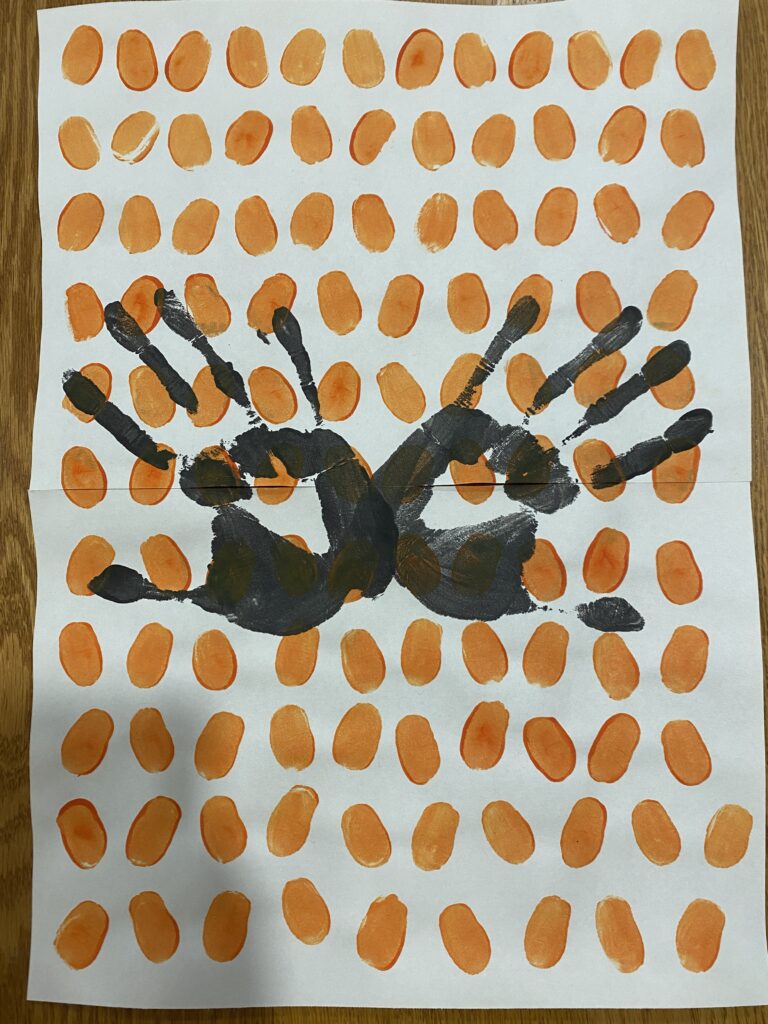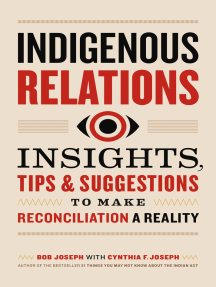I know this post is a bit late, but I feel like I needed some time to look at a few resources and gather my thoughts before talking about this horrific subject. I am just coming from watching both “Phyllis Webstad Orange Shirt Day Presentation” and “TRC Mini Documentary – Senator Murray Sinclair on Reconciliation” on YouTube. Even though both of these videos are only a few minutes long each, I am empowered with the message of Indigenous reconciliation here in Canada. In light of the recent events in the past few weeks, these videos have helped bring me back down from my grief and sorrow and helped channel it into what I can do as an educator. In her video, Phyllis mentioned that when survivors share their stories of residential schools, that we need to listen with open hearts. I feel that this is one of my important roles as a non-Indigenous Canadian because me and my family have never felt the impact of residential schools as opposed to many families and communities all around the country.
My heart grieves and aches for the 215 children and many more that are continuously being found but I also recognize that my sorrow and anger does not also come from generations of abuse, trauma, and oppression. As a have stated earlier, these recent events have left me thinking about what I can do, and Senator Murray Sinclair helps show me where to start. I am becoming an educator, and in that job, I am going to have a very serious role making my classroom a safe and comfortable space where students can learn about these issues.
Murray Sinclair also explains that it took us many generations to get to where we are and so it will take many more generations to make good progress. We don’t want quick solutions. For indigenous students, school has previously been a place of trauma for their families, so I have to really be intentional with the spaces I create in my classroom because I want all my students to feel safe, included and happy. I need to do my job and educate myself so that I in turn, can best educate my students on these important and current matters going on in our country.

I am, by no means an artist, but after what has happened in recent events, what continues to happen and what I have learned in the videos provided I found the need to express my sorrow and empathy to the Indigenous peoples in Canada.
On this painting, there are not exactly 152 fingerprints, but this is because more than just those children in Kamloops were harmed, beaten and killed throughout the horrors of residential schools. More families were broken and torn apart. More parents mourned and wept over the loss of the children. Some families might have even kept hope in their hearts that these children were alive. Thousands of families, friends, and communities lost these tiny souls and all of Canada should grieve for this horrendous loss of young and innocent life. This is not history; this is living trauma. We as a country need to recognize that and come together to grieve and find paths forward together. If we want true reconciliation both Indigenous and non-Indigenous people will need to work together to create a better country for all.
We cannot continue on like this. As a future educator I am using this time to reflect and prepare ways to teach my students of the genocide that happened here in Canada in ways that are appropriate for them. In light of these recent events and as I see more and more residential schools being checked for these missing children, I am hopeful that this can be a wake-up call for Canada. As an educator, we need to be teaching this past to our students in hope to create understanding and change for the Indigenous people and communities in our country.
New to this? Looking for some Indigenous resources like me? Here are some that I have found useful.
To teach yourself:



Phyllis Webstad – Missing Residential School children: https://www.youtube.com/watch?v=ouLw8oVhhdw.
Phyllis Webstad Orange Shirt Day Presentation: https://www.youtube.com/watch?v=E3vUqr01kAk.
TRC Mini Documentary – Senator Murray Sinclair on Reconciliation: https://www.youtube.com/watch?v=wjx2zDvyzsU.
To use in your classroom:

